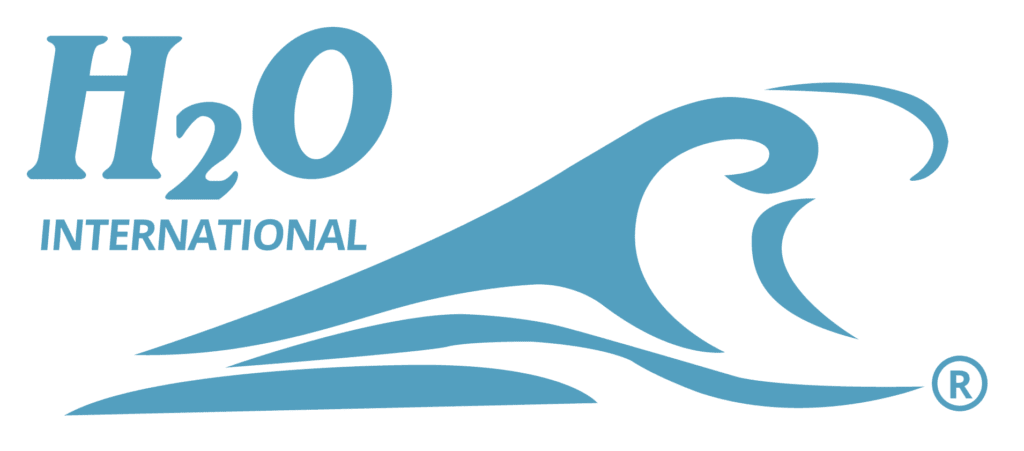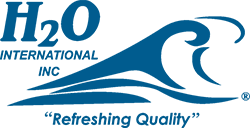- Home
- Learn
WWIF is a 501(c)(3) non-profit organization that provides clean, safe drinking water in developing areas.
- Categories
Location
Function
Technology
Brand
- Catalogue
- System Components List
- Distributor
Add products heading
Take a look at our latest offerings
Reverse Osmosis
Add description
Add why heading

Why image
We offer subscriptions on all cartridge and filters products. Save up to 15% on all subscription orders.
Coming Soon
Benefits
The Ins and Outs of Reverse Osmosis Water Filter Systems
Reverse osmosis (RO) water systems are a popular and highly effective technology used for purifying water. They work by using a semipermeable membrane to remove impurities, contaminants, and minerals from water. This process not only improves the taste and odor of water but also significantly reduces the presence of harmful substances, making it safer for consumption. Here’s a deeper dive into how reverse osmosis systems work, their components, benefits, and considerations.
How Reverse Osmosis Works
1. Pre-Filtration:
Water first passes through pre-filters, which are designed to catch sediments and larger particles. This step protects the RO membrane from damage caused by debris and extends its life.
2. Reverse Osmosis Membrane:
The core component of the system is the RO membrane, which is designed to allow only water molecules to pass through while blocking contaminants like salts, chemicals, minerals, and pathogens. Water is forced through the membrane by water pressure, leaving the impurities behind.
3. Drainage of Contaminants:
The impurities and contaminants that are filtered out by the RO membrane are flushed away into the drain.
4. Post-Filtration and Storage:
After passing through the membrane, the water often goes through additional post-filtration, such as activated carbon filters, to remove any remaining taste and odor. The purified water is then stored in a holding tank until needed.
5. Final Polishing:
Before the water exits the faucet, it typically goes through one last polishing filter to ensure the best quality of drinking water.
Components of a Reverse Osmosis System
Cold Water Line Valve:
Connects the RO system to the water supply.
Pre-Filters:
Include sediment filters and carbon filters.
Reverse Osmosis Membrane:
Semi-permeable membrane that performs the majority of the purification.
Storage Tank:
Holds the filtered water.
Drain Line:
Disposes of the impurities and wastewater.
Faucet:
Dedicated RO faucet installed on the sink.
Post Filters:
Typically activated carbon filters for final treatment.
Benefits of Reverse Osmosis Systems
Water Quality:
Provides high-quality, clean, and tasty drinking water.
Removal of Contaminants:
Effectively removes a wide range of contaminants including pesticides, bacteria, viruses, heavy metals, and organic compounds.
Cost-Effective:
Although the initial setup cost can be high, RO systems can be more cost-effective than buying bottled water in the long term.
Environmentally Friendly:
Reduces dependence on bottled water, thus decreasing plastic waste.
Considerations
Water Waste:
RO systems produce a significant amount of wastewater. For every gallon of purified water, several gallons may be wasted.
Maintenance:
Requires regular maintenance, including filter changes and membrane replacement to ensure effectiveness and efficiency.
Removal of Minerals:
RO systems also remove beneficial minerals like calcium and magnesium from the water. Some systems are equipped with remineralization filters to add these back into the water.
Pressure Requirement:
Effective operation requires a certain level of water pressure, which may necessitate an additional booster pump in some homes.
Installation and Maintenance
Installing an RO system typically involves mounting the system (often under the kitchen sink), connecting it to the cold water line, and installing a separate faucet. Regular maintenance is crucial and includes changing pre- and post-filters every 6-12 months and the RO membrane every 2-3 years, depending on usage and water quality.
Reverse osmosis systems are a powerful solution for ensuring clean drinking water in residential and commercial settings, offering a reliable way to filter out a wide array of harmful contaminants and improve water taste and quality.
FAQs
What is a reverse osmosis water system and how does it work?
Reverse osmosis (RO) water systems utilize a semi-permeable membrane to purify water. The process involves pre-filtration to remove large particles, forcing water through the RO membrane to filter out contaminants like minerals and chemicals, and post-filtration to enhance taste and quality. This system effectively removes impurities and provides clean drinking water.
What are the key components involved in a reverse osmosis water filter system?
A typical RO system includes several key components: a cold water line valve, pre-filters (sediment and carbon filters), a reverse osmosis membrane, a storage tank for filtered water, a drain line for wastewater, a dedicated RO faucet, and post-filters for final water treatment.
What advantages do reverse osmosis systems offer compared to other types of water filters?
Reverse osmosis systems offer superior water quality by effectively removing various contaminants, including bacteria, viruses, heavy metals, and pesticides. They are cost-effective compared to spending dollars on bottled water and environmentally friendly, reducing plastic waste from bottled water.
How often do I need to maintain my reverse osmosis system, and what does maintenance involve?
Maintenance of an RO system is crucial for its efficiency and involves changing the pre- and post-filters every 6-12 months and the RO membrane every 2-3 years, depending on water usage and quality. Regular maintenance ensures the system provides high-quality drinking water.
Are there any drawbacks to using a reverse osmosis water filter system?
While RO systems are highly effective, they do have some considerations. They produce a significant amount of wastewater, with several gallons wasted for every gallon of purified water. They also remove beneficial minerals, which may need to be added back with remineralization filters. Additionally, they require a certain level of water pressure to function effectively.
Can reverse osmosis systems improve the taste and odor of tap water?
Yes, reverse osmosis water filter systems significantly improve the taste and odor of water. The process removes impurities that can affect the sensory qualities of water, and post-filtration treatments like activated carbon filters help eliminate any residual tastes or odors.
Recommended Categories
Whole House
Kitchen
Bathroom
Laundry
Office
Boat/RV
On-the-Go
Cartridges & Filters

Filter
Location
Function
Technology
Brand

